Direct sow annuals: which are easy?
linnea56 (zone 5b Chicago)
13 years ago
Related Stories
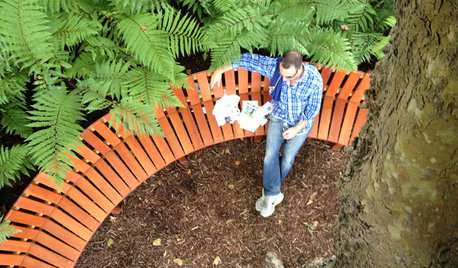
GARDENING GUIDESFlower Shows Sow Ideas for Your Garden
There’s much design inspiration to be gathered at garden shows. Here are some ideas to start you off
Full Story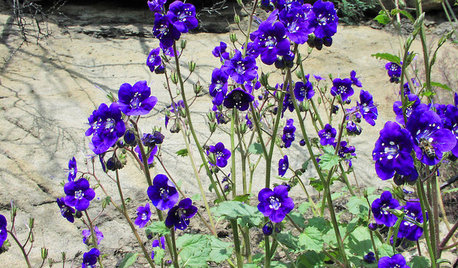
GARDENING GUIDESGreat Design Plant: Annual Phacelias
Coveted by California beekeepers and wildlife gardeners, phacelias are worth planting now for their prolific blue to purple spring blooms
Full Story
GREEN BUILDINGHouzz Tour: See a Maine House With a $240 Annual Energy Bill
Airtight and powered by the sun, this energy-efficient home in a cold-winter climate is an architectural feat
Full Story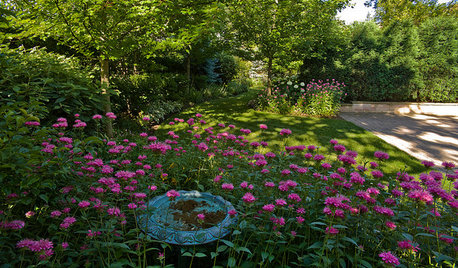
LANDSCAPE DESIGNExuberant Self-Seeders for Gorgeous, Easy-Care Gardens
Keep weeds down, color high and maintenance low with beautful plants that sow themselves
Full Story
CONTAINER GARDENS8 Easy Container Plants to Grow From Seed
Get beautiful blooms and herbs in summer by starting these choice garden picks from seed in spring
Full Story
CONTAINER GARDENS3 Steps to Creating Quick, Easy and Colorful Succulent Containers
Take a bright container, add a colorful succulent or two and have a professional, summery design in minutes
Full Story
KITCHEN DESIGNDesign an Easy-Clean Kitchen
"You cook and I'll clean" might no longer be a fair trade with these ideas for low-maintenance kitchen countertops, cabinets and floors
Full Story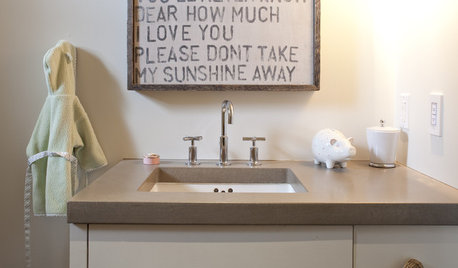
GREEN BUILDINGEasy Green: 10 Ways Toward a Zero-Energy Home
Imagine never paying an electric bill again. With a zero-energy home, it's possible — and anyone can make it happen
Full Story
DECORATING PROJECTSWeekend Project: Easy, Funny Halloween Tombstones
Create your own clever DIY gravestones to add to your Halloween decorations
Full Story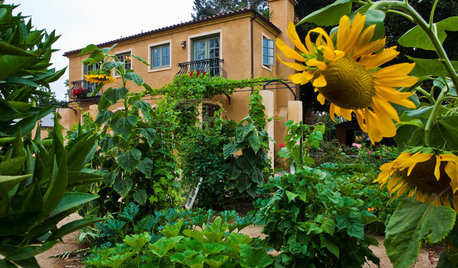
REGIONAL GARDEN GUIDESTexas Gardener's April Checklist
Get your sowing and planting on — spring brings a tantalizing array of possibilities in the garden
Full StoryMore Discussions







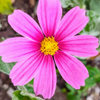
v1rt
natalie4b
Related Professionals
Bridgetown Landscape Architects & Landscape Designers · Wilmington Landscape Contractors · Bristol Landscape Contractors · Clearlake Landscape Contractors · Conroe Landscape Contractors · Holtsville Landscape Contractors · Huntley Landscape Contractors · Kaneohe Landscape Contractors · Munster Landscape Contractors · Pueblo West Landscape Contractors · Soddy Daisy Landscape Contractors · Winston-Salem Driveway Installation & Maintenance · Beavercreek Decks, Patios & Outdoor Enclosures · Cincinnati Decks, Patios & Outdoor Enclosures · Clemmons Decks, Patios & Outdoor Enclosureszen_man
flora_uk
linnea56 (zone 5b Chicago)Original Author
v1rt
zen_man
linnea56 (zone 5b Chicago)Original Author
Tiffany, purpleinopp Z8b Opp, AL
linnea56 (zone 5b Chicago)Original Author
Donna
tepelus
hemnancy
freki
ladyrose65
gamountains
User